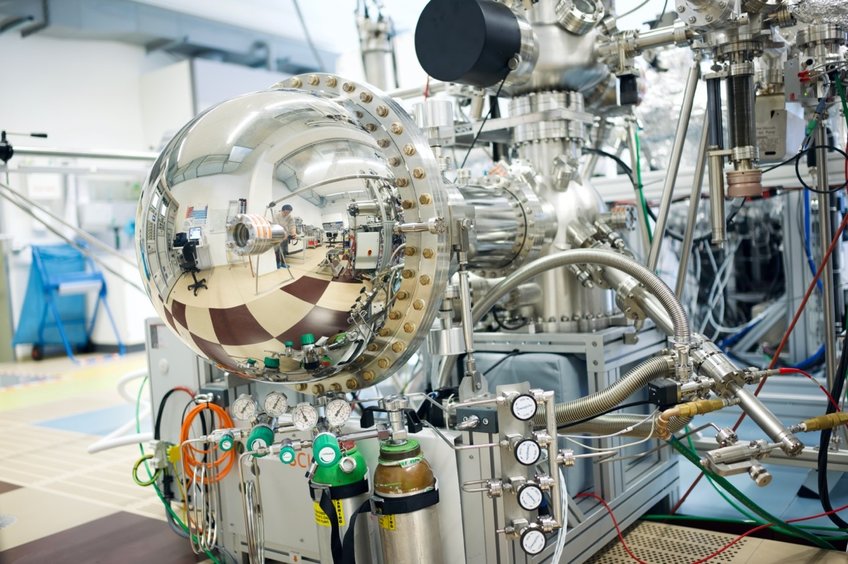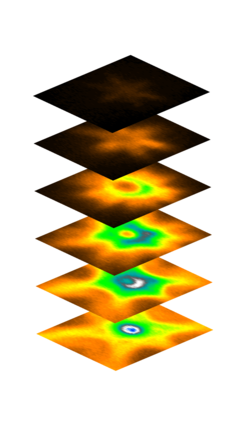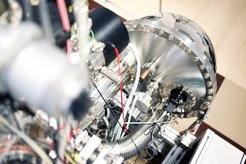
Angle-Resolved Photoemission Spectroscopy (ARPES) - M. Yao
ARPES (Angle-Resolved Photoemission Spectroscopy) is an experimental technique based on the photoelectric effect observed in 1887. It is an advanced technique to study electronic structure, low-energy excitations and correlation effects in a broad range of complex material systems exhibiting surprising and useful properties. When photons of a well-defined energy hν are incident upon a sample, measurement of the electron's kinetic energy and exit angle gives information about the momentum and energy of the electron state in the material. In particular, ARPES data directly gives the binding energy of the emitted electrons and the components of momentum parallel to the surface. However, since the electrons interact with the surface upon emission, less information is given relating to momentum in the direction normal to the sample surface. More explicitly, if a photoemitted electron leaves the sample with kinetic energy Ek at an angle θ to the normal, its binding energy and momentum parallel to the surface are given by EE = hv - Φ - Ek and k// = √(2mEk) sinθ, where Φ is the system's work function. The physical quantity directly related to the measured photoemission intensity is the “one-particle spectral function" A(k,ω) = ∑''(k,ω)/ π(ω - εk - Σ'(k,ω))2 + πΣ''(k,ω)2 where the functions ∑ are the components of the electron self-energy, which describes the interactions between the electron and the other particles in the system and is of great theoretical interest, as they describe the energy and lifetime of elementary excitations in the material.
With a He/Xe-lamp-based hemispherical electron analyzer DA30-L system from Scienta Omicron and a five-axis-freedom manipulator, we study a variety of materials, such as topological materials, Heusler compounds, thermoelectrics, high-temperature superconductors, thin films.

Series constant energy maps of magnetic doped topological insulator, acquired with hν = 21.2 eV (He-I α) photon.


